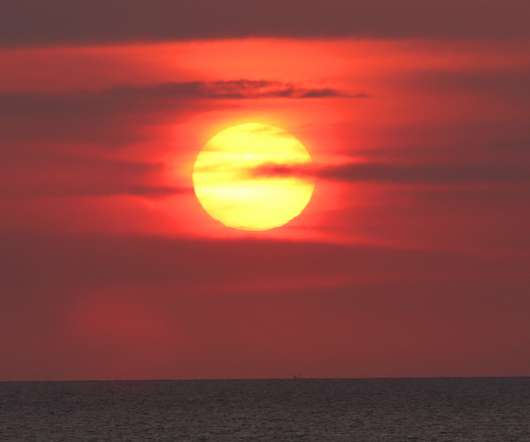Acclimatisation Societies of New Zealand
10,000 Birds
JULY 23, 2014
There are the endemics, which are odd in their own way, and then there introduced species, which are so varied in their type and origin that you get the feeling you’ve arrived at the aftermath of a small zoo that escaped. What is surprising is quite how many species did end up here, and how economically unimportant they were.












Let's personalize your content